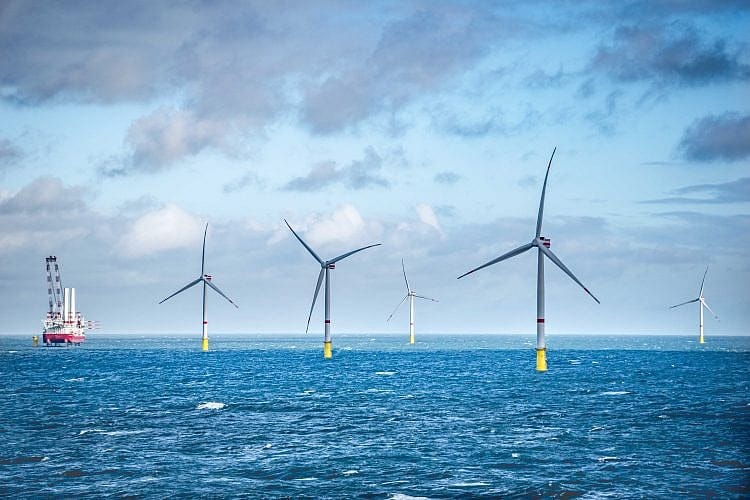News

Report: 24 Percent of U.S. Electricity Came From Hydropower, Wind, Solar In First Half Of Year

By Bethany Blankley
The Center Square Contributor

